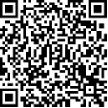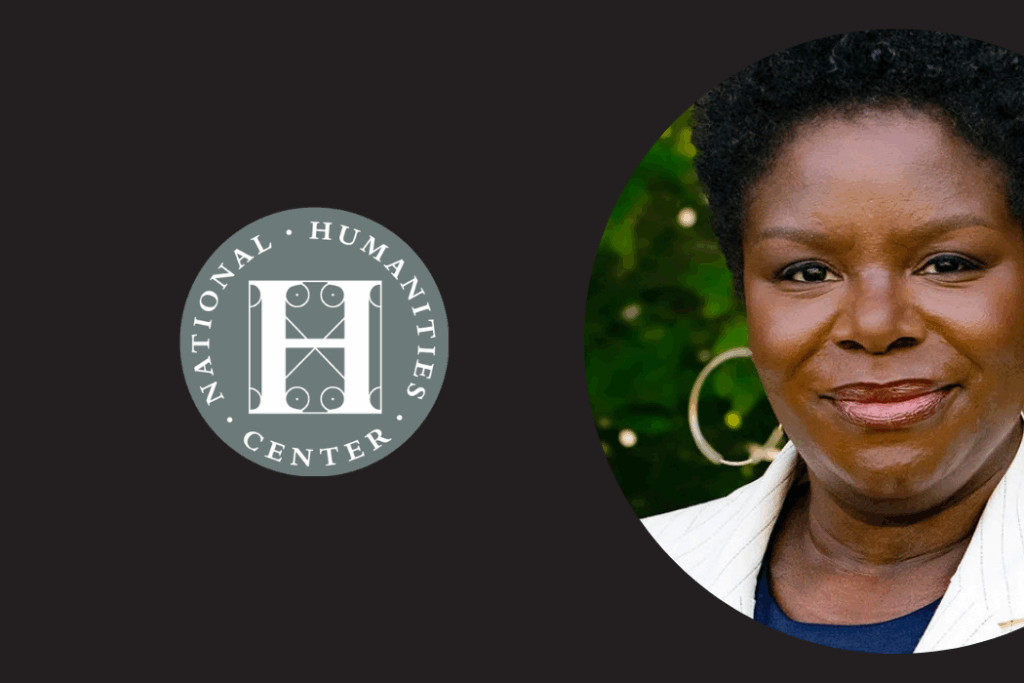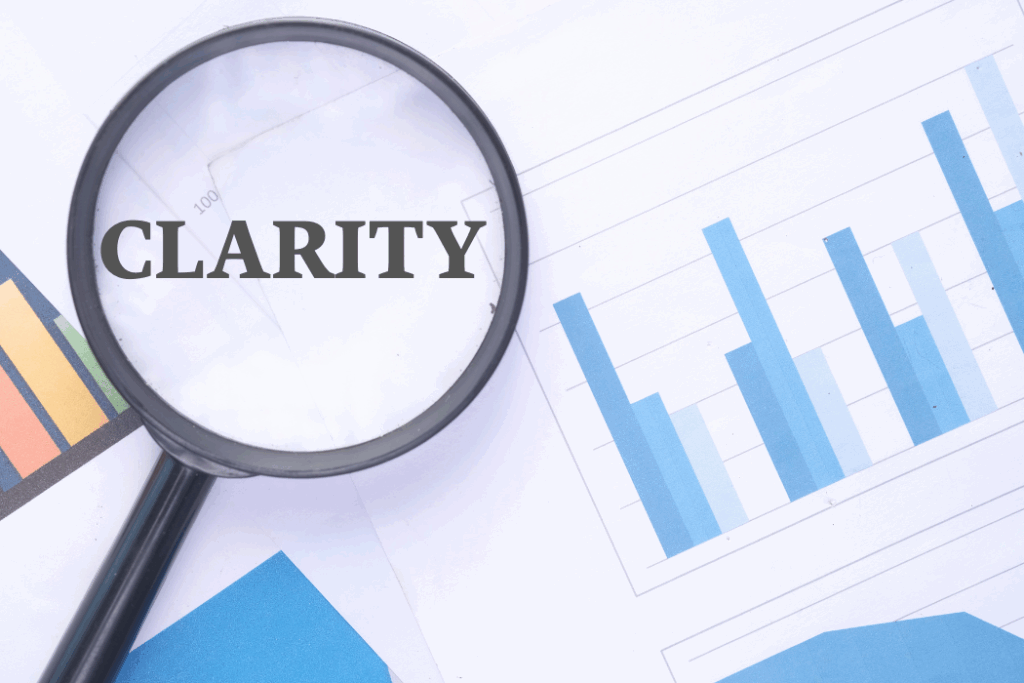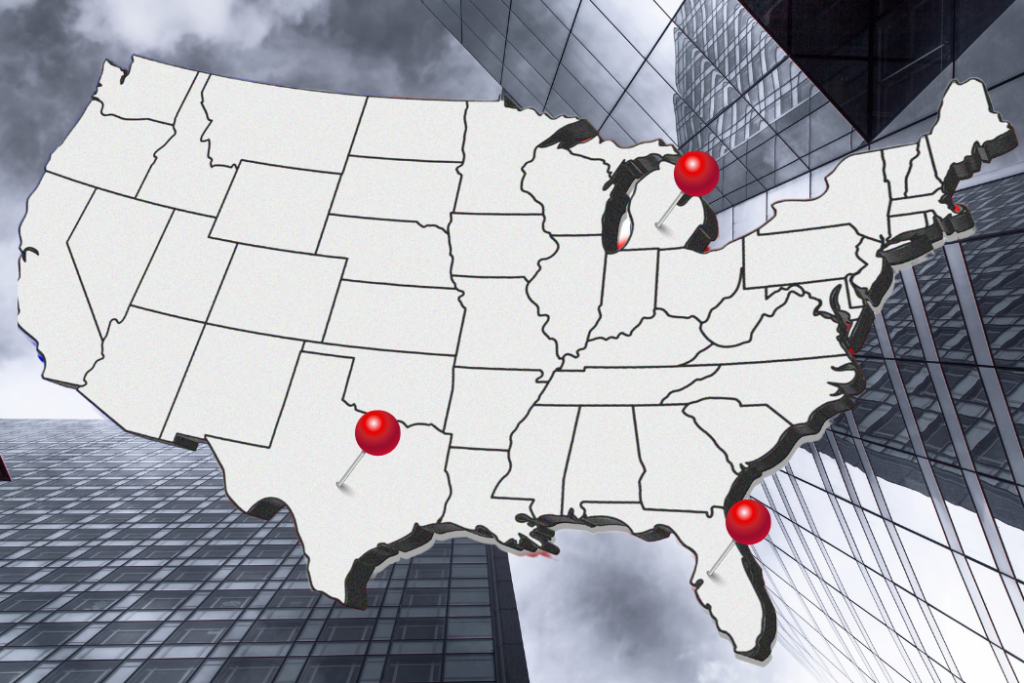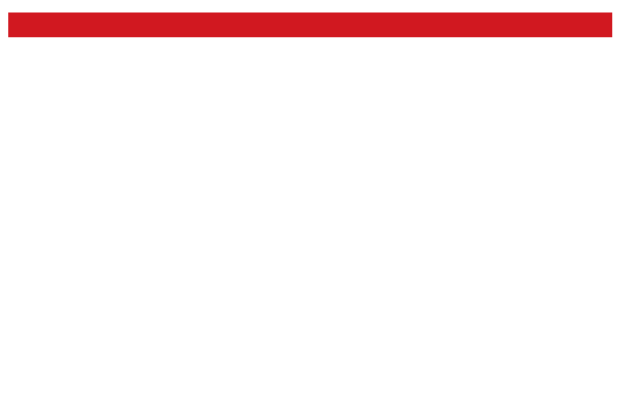
BCH’s AMEN Corner – Affluent Minority Entrepreneur News
The economy has undergone significant shifts in the past few years, and you need to know how to weather the storm. Establishing an emergency fund for your business can keep you afloat in the event of a supply chain slowdown or an unpredictable disaster that may disrupt business.
As an entrepreneur, you feel the impact of the economy every day as you navigate through the ebbs and flows of what can be an unstable journey. To make the journey less stressful and smoother, it is imperative that you have adequate funds readily available to carry you through.
As we know, the lack of preparation for uncertainties has led to the rise of bankruptcies for companies in 2023. Those who were struggling before the COVID-19 pandemic were given an unexpected lifeline to keep them going. Now that the relief checks and programs have come and gone, reality is back. On top of that, inflation hit and interest rates climbed higher, which has increased the cost of goods sold and the cost of money. This combination of events has caused unsettling times for companies of all sizes. Larger companies are seeing a surge in bankruptcies as reported by S&P Global Market Intelligence. In 2023, bankruptcies reached 642, the highest since 2010 and above the 372 recorded in 2022. Unfortunately, indicators show a continuation of this trend.
Let’s talk about how you can avoid being in this number and how you can establish your very own safety net (emergency fund) to fall back on during uncertain and turbulent times.
There are two types of funds you should consider:
Cash Reserves
It is essential to have cash reserves when you need it. We understand that there are times when it may be difficult to set aside funds. Therefore, establish a plan and a goal. Start small and build from there. The key is to be diligent and purposeful. Following are a few helpful tips.
- Dedicate A Percentage of each sale or daily sales to transfer to your emergency fund
- Dedicate A Percentage of cash left at the end of each month to direct to the emergency fund
- Direct A Portion of Your Tax Refund to build or increase your fund
- Future Stimulus Money or other windfalls… allocate all or a portion to the emergency fund
Where do you keep the cash?
Be sure to keep your funds in an account that best suits your operating and funding needs.
- Savings Account – place in a savings account if you believe you will make more than 4 or 5 withdrawals per month. The rate of earned interest will be low; however, something is better than nothing. It is important to keep the funds liquid in case you have a true emergency.
- Money Market Account – is a hybrid between a checking and savings account. The interest paid is higher than a savings account and you will have the ability to write checks against the funds. Withdrawals are limited to around 4-5 per month without incurring fees.
- Certificate of Deposits/Other Investments – CDs and other investment vehicles are an option and will often pay a higher rate of return; however, they can take time to liquidate and may charge a fee for early withdrawal. Consider these investment vehicles for long-term cash reserves.
Lines of Credit
A line of credit (LOC) will give your company the option to borrow money quickly to cover operating expenses. It eliminates the need to enter the arduous and often stressful process of applying for a loan in the middle of a cash shortfall. The funds are always available when needed. You will have access via check or online transfer.
- Apply before you need it. The rule of thumb is to establish a line of credit before you need it! You want to apply when your business is operating at its strongest level. This will ensure that you can qualify for the highest amount and most favorable terms. This may seem different from the norm; however, that is how it goes. The bank wants to ensure that you can make the payments. They can only base this on your current financial position and projections. If your current financial framework it is strong, then you are more likely to get what you want (of course there are other factors such as D&B reports, inventories, orders, personal credit if guaranteed, etc.). You don’t have to use it until it is necessary. Hopefully, that day will never come; but, come what may, you are covered.
- Apply after you need it. If you wait until you are strapped and have little cash reserves, you are putting you and your company in a position to receive an unfavorable decision by the financial institution. If you have no choice but to apply while your cash is low, do your homework and know your numbers when presenting your case to the bank. The burden of proof is on you to show that you are an acceptable risk.
- What this means. If you apply while you are cash rich or before you need it, you are in a better position to be approved with more favorable loan terms to include the amount of the line, fees and interest rate. You have to prove financially that you can service the loan with current and future cash flow. Financial institutions are built to make money, so they will always minimize their risk.
- More expensive. A LOC route is more expensive than using cash reserves where you can earn interest until you use it. On the other hand, the LOC requires you to pay interest on your balances and in most cases, will also charge an annual fee. Note that the cost of money becomes more expensive as interest rates rise, which has happened the last few years.
In the end, your emergency fund it is all about providing a safety net for you and your company. If you have excess cash in your operating account(s) or if you need to establish or increase a line of credit, meet with your business relationship manager and develop a plan to determine the best time to apply. Your business is counting on you!
Exciting news for BCH’s AMEN Corner in 2024! Going forward, BCH will publish a bi-monthly article and live, taped video alternating months. The video will appear on MBE’s website every other month which started February 2024. You can view that video here. So, check us out and click on the QR code to suggest financial topics you would like us to discuss.
